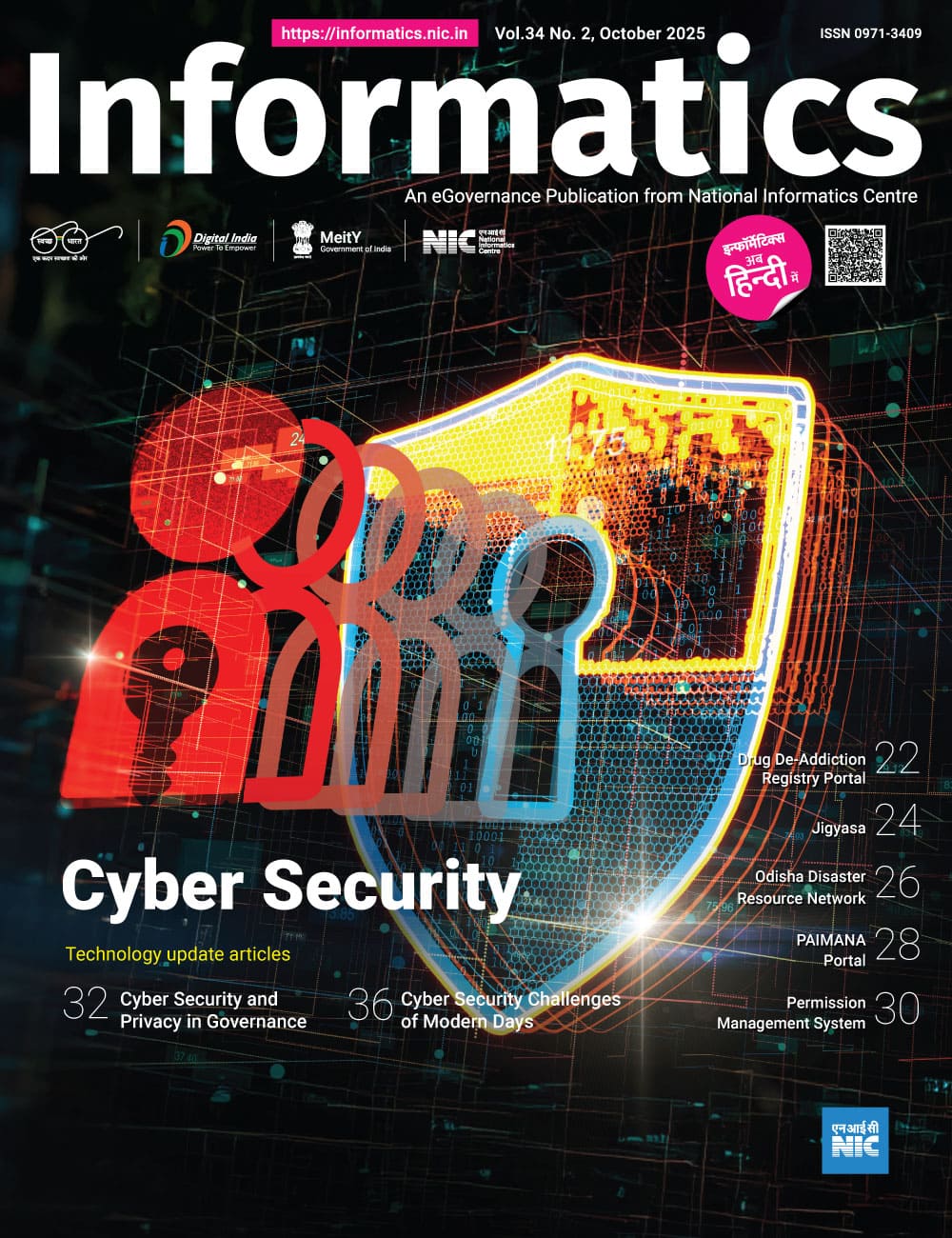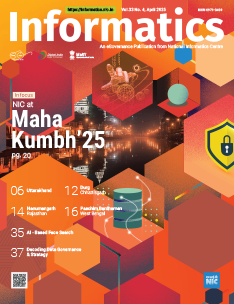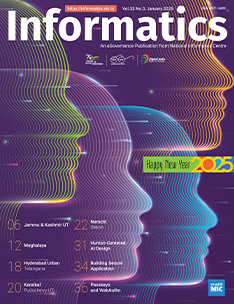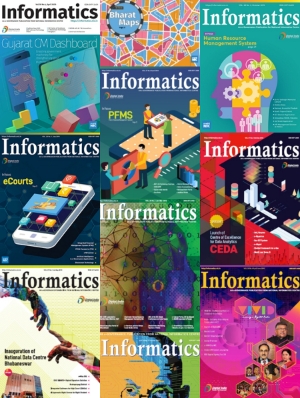Inauguration of the eFIR Integration System for Cybercrime Complaints in New Delhi

The Hon’ble Union Home Secretary, Shri Govind Mohan, inaugurated the eFIR Integration System for Cybercrime Complaints at a ceremony held at Vigyan Bhawan, New Delhi. This advanced system has been developed by the Indian Cyber Crime Coordination Centre (I4C) under the Ministry of Home Affairs, with the goal of streamlining and accelerating the FIR registration process in high-value cybercrime cases.
The launch event was attended by several dignitaries, including the Special Secretary (Internal Security), Commissioner of Delhi Police, and senior officials from the Reserve Bank of India (RBI), Department of Telecommunications (DoT), Ministry of Electronics and Information Technology (MeitY), as well as representatives from the NIA, CBI, and Financial Intermediary Units.
The first official eFIR was generated and ceremoniously handed over to Shri Govind Mohan by the Commissioner of Delhi Police, Shri Sanjay Arora.
A detailed presentation on the system’s functionality and strategic value was delivered by Smt. Rashmi Sharma Yadav, DCP, who highlighted the collaborative efforts of I4C and multiple stakeholders in developing this robust and efficient platform.
Key Features of the eFIR Integration System
-
Complaint Registration via Helpline 1930
Citizens can report cybercrime complaints via the 1930 helpline. The complaint data is stored on the NCRP server. -
Auto-Trigger of eFIR for High-Value Cases
If the reported loss is INR 10 lakh or more, the system’s API triggers an eFIR request to the Delhi Police server. The eFIR is then generated and sent back to the NCRP portal. -
eFIR Visibility
The eFIR is immediately visible both on the NCRP portal and to the concerned Cyber Police Station. -
Integration with CCTNS
The Delhi Police server pushes the generated eFIR to the Crime and Criminal Tracking Network & Systems (CCTNS) platform, ensuring nationwide visibility and tracking. -
Complainant Verification
The complainant must visit the designated Cyber Police Station within 3 days to sign and verify the FIR.
The eFIR Integration System represents a major milestone in the modernization of cybercrime complaint handling in India. By automating the registration process for high-value cases, it significantly reduces response time and improves coordination between law enforcement and regulatory bodies.
This initiative is part of the government’s broader mission to make policing more efficient, transparent, and citizen-friendly. It empowers victims of cyber fraud—particularly those involving significant financial losses—with a faster, more reliable route to justice. At the same time, it enhances inter-agency data sharing and case tracking for officials.
As cyber threats continue to evolve in scale and sophistication, innovations like the eFIR system signal the government’s resolve to stay ahead of the curve. It is more than a technological upgrade—it is a meaningful stride towards a safer digital ecosystem for every citizen.




 Subscribe
Subscribe
 Flipbook
Flipbook PDF (5.0 MB)
PDF (5.0 MB)


